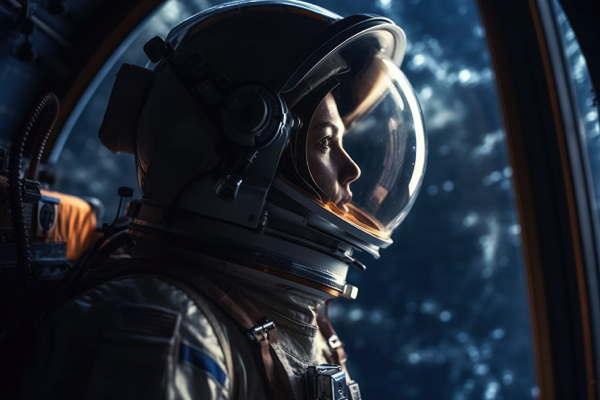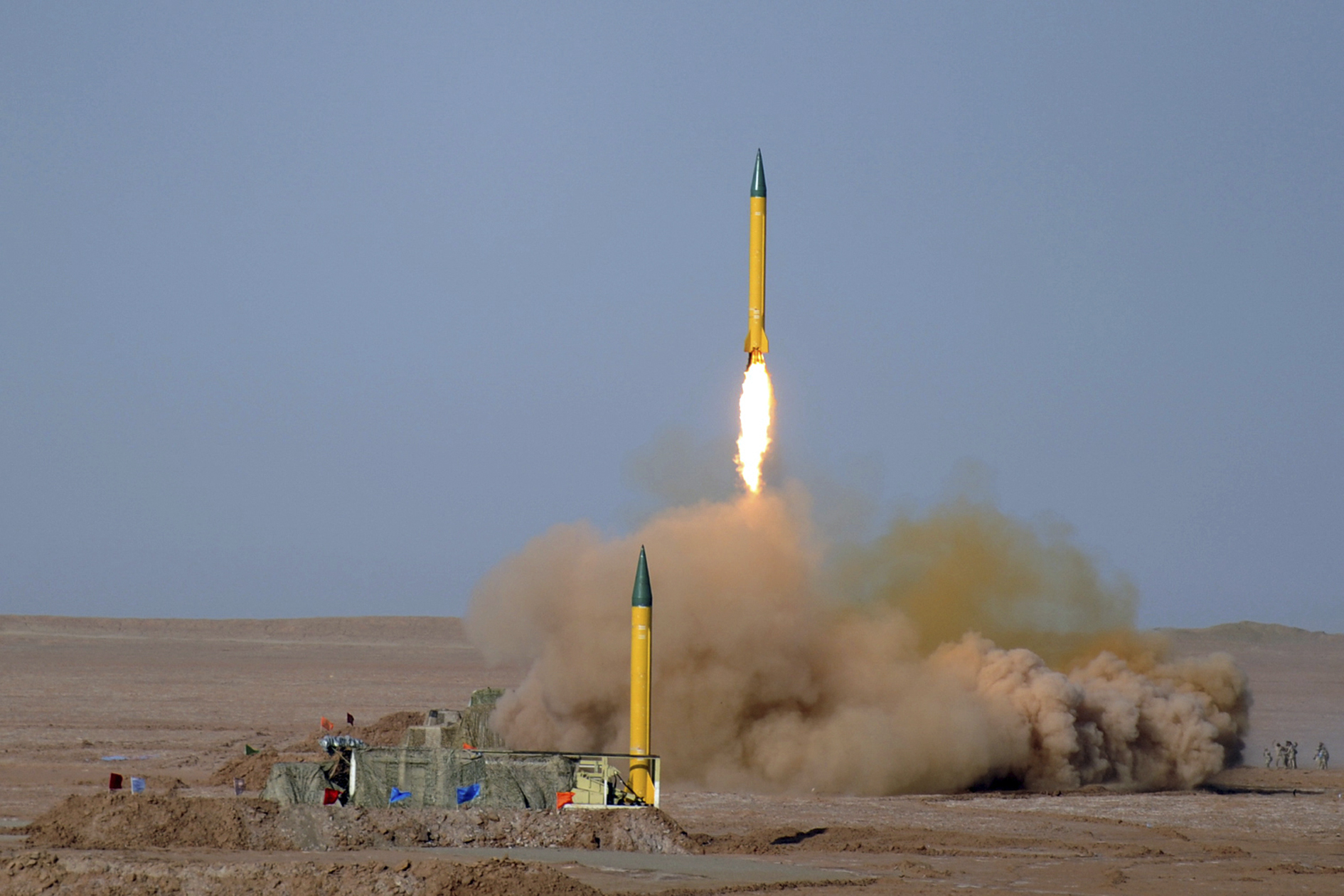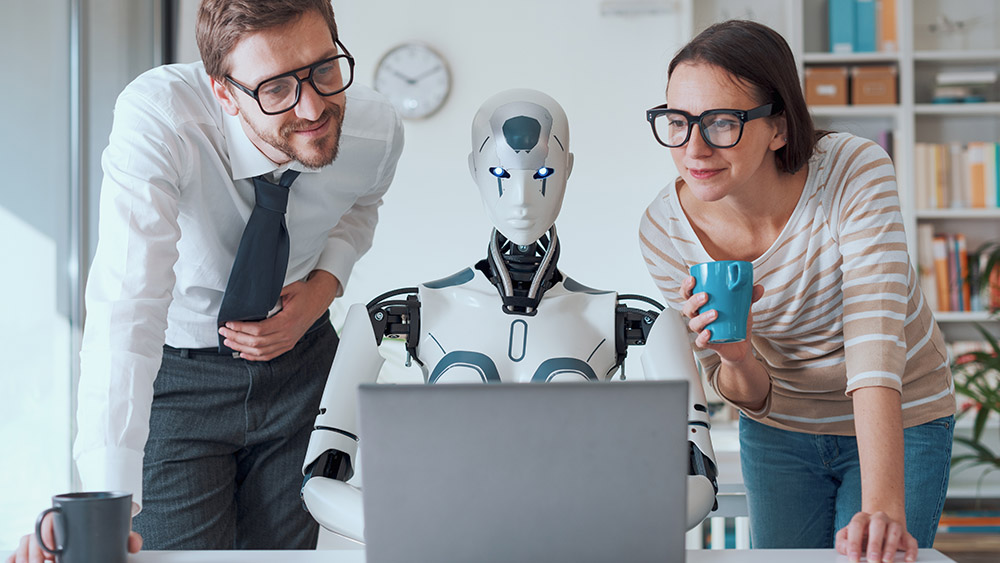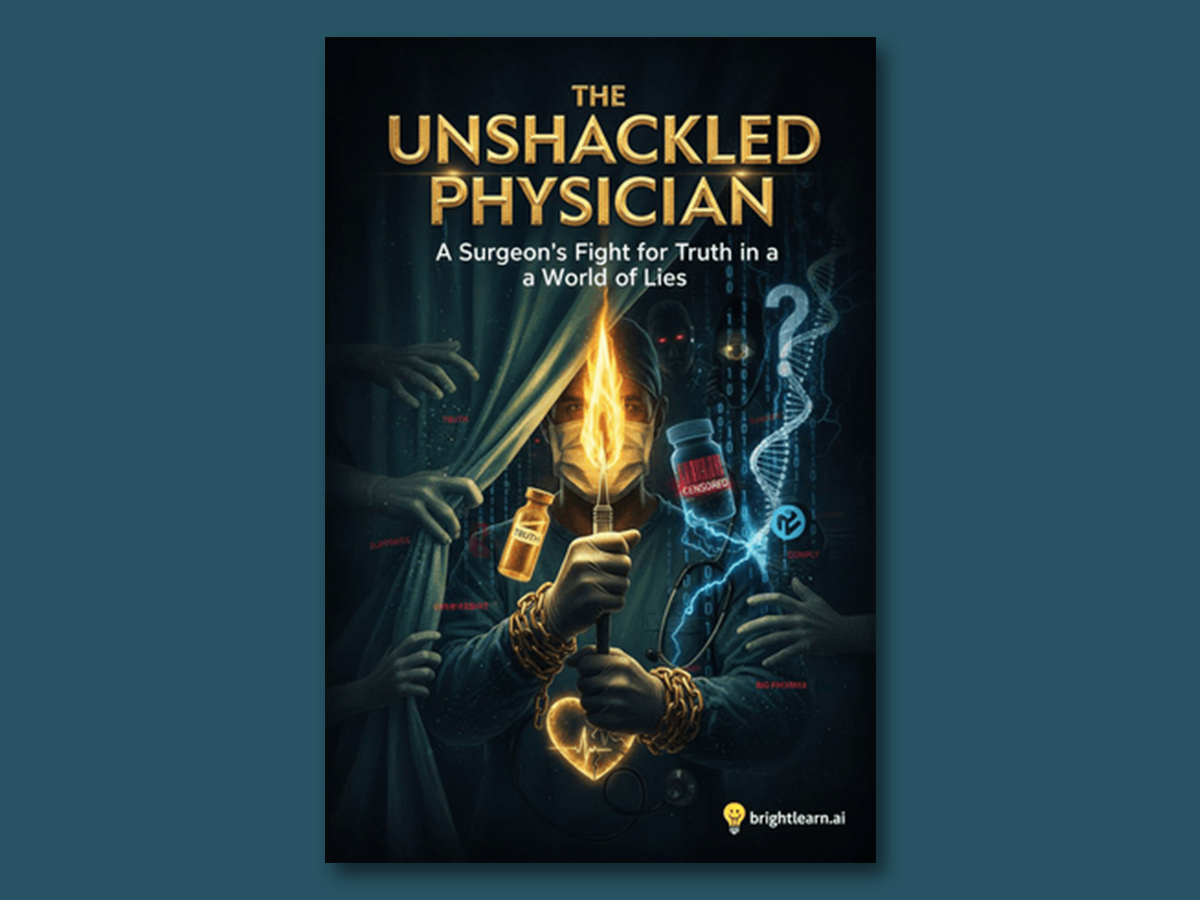Two astronauts still STRANDED on International Space Station due to mechanical failures with Boeing's Starliner spacecraft
By oliviacook // 2024-08-23
Tweet
Share
Copy

The National Aeronautics and Space Administration (NASA) is currently dealing with a tough and tricky situation involving astronauts Sunita "Suni" Williams, 58, and Barry "Butch" Wilmore, 61, who are stuck on the International Space Station (ISS). Their return to Earth has been delayed due to issues with Boeing's Starliner spacecraft.
Originally launched on June 5 for what was supposed to be an eight-day mission, their return timeline is now uncertain. NASA might extend their stay until February 2025 and is also considering using private space corporation SpaceX's Crew Dragon spacecraft for a possible rescue to bring them back. The prolonged mission has raised concerns about their health – leading to regular eye and hearing exams to monitor their condition.
During an Aug. 7 NASA briefing, officials highlighted the ongoing problems with the thrusters on the Boeing Starliner, a crewed and partially reusable spacecraft used by NASA to transport astronauts to and from the ISS.
The thrusters are critical for controlling the Starliner, and there have been leaks in the propulsion system and some thrusters have unexpectedly lost power. Despite numerous tests on Earth, engineers are still puzzled by the root cause of these issues. Oddly, the thrusters appear to be functioning correctly now that the spacecraft is in space – further complicating the situation.
Given the uncertainty surrounding the propulsion system, a return trip for Williams and Wilmore aboard the Starliner seems increasingly unlikely soon. One of the options under consideration is to send the Starliner back to Earth on its own, without the astronauts onboard. (Related: Astronauts stranded at International Space Station told they might not return until February thanks to fault Boeing Starliner.)
What happens when astronauts end up stuck in space?
Williams and Wilmore are not the first astronauts to face an extended stay in space, British astronaut Meganne Christian, who is on standby for a space mission with the United Kingdom's space agency, has shared what life might be like for Williams and Wilmore. Christian explains that while part of astronaut training is preparing for the possibility that their missions might be extended, space represents its own set of challenges. The astronauts may have to go for some time without showers, drink recycled urine and endure the effects of space radiation during their extended stays aboard the ISS. Although Christian has not yet traveled to space, she has spent time in extremely isolated conditions on a research station in Antarctica called "White Mars." Located about 400 miles from the nearest town – further away than the ISS, which orbits 248 miles above Earth – her experience gives her insight into the tough conditions faced by those living on the ISS. Currently, nine astronauts are making do with just two bathrooms and six sleeping quarters aboard the ISS. Managing food and water supplies from Earth is crucial and every resource is carefully monitored. On the ISS, every bit of liquid is recycled. Urine, along with moisture from sweat and breath, is collected and treated through the Water Recovery System. Christian explains that recycling is essential. They joke that "yesterday's coffee is today's coffee." To handle waste in microgravity, the ISS uses a special vacuum toilet. Tim Peake, the first British astronaut to live on the ISS, describes the setup. "For urine, we use a hose with a conical attachment. For solid waste, there’s a small seat over a container with a rubber bag attached." Food on the ISS is more appealing than recycled coffee. Christian notes that while meals are dehydrated to save space, they are still regular food. Water is added back in before consumption. Maintaining cleanliness in space presents its difficulties. Christian notes that showers aren’t available, so astronauts use wet towels with soap instead. Due to limited clothing options, they change clothes only once a week. Astronauts on the ISS are exposed to higher levels of space radiation compared to people on Earth despite protective shields. Christian said that the amount of time astronauts can stay in space is limited by the radiation they receive. Astronauts stuck in space could be there until 2025, according to NASA. Watch this video. This video is from the Daily Videos channel on Brighteon.com.More related stories:
2 Astronauts onboard Boeing's Starliner spacecraft are stranded in space. NASA's historic Mars helicopter Ingenuity may have crash-landed, ending its three-year mission on Red Planet. MOXIE instrument aboard NASA's Mars rover produces enough oxygen to keep an astronaut alive for a few hours on Mars. NASA Perseverance rover obtains Martian rock sample with possible signs of life. Sources include: The-Sun.com BBC.com Brighteon.comTweet
Share
Copy
Tagged Under:
radiation glitch space Boeing disaster NASA space exploration astronauts International Space Station ISS SpaceX SHTF dangerous inventions spacecraft future tech stranded badhealth cosmic Starliner Barry Wilmore Sunita Williams Crew Dragon Meganne Christian
You Might Also Like
U.S. State Department leading charge to abolish free speech globally
By Ethan Huff // Share
When prepping goes extreme: How far is too far?
By HRS Editors // Share
Recent News
Iran conducts surprise missile drills amid rising tensions with Israel
By kevinhughes // Share
Kremlin denies reports of plans to "restore Soviet influence"
By bellecarter // Share
How AI news bots are quietly reshaping public opinion
By avagrace // Share
The Unshackled Physician: A surgeon's awakening to medical tyranny
By ramontomeydw // Share











